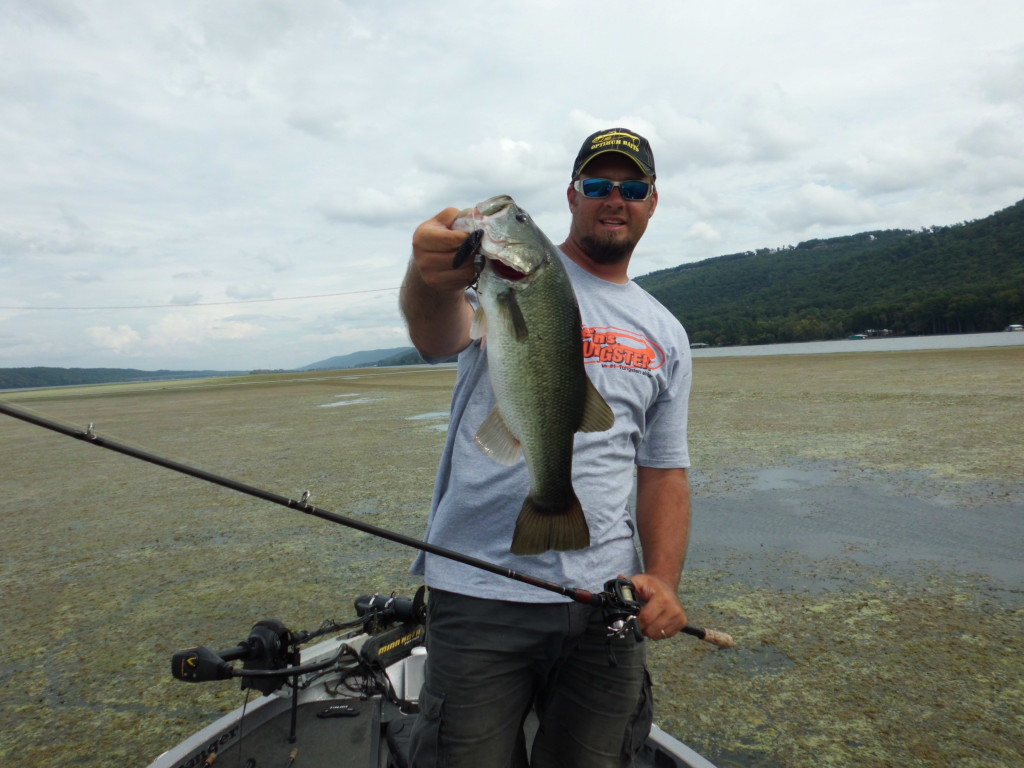Tungsten weights are the same across the board, right? So why should you hunt down the ones from Reins, which may not yet be as easy to find as some of the “major” brands, and might even cost a few pennies more?
The answers are simple and several, said South Carolina pro Michael Murphy. Once you understand the differences between the Reins product and the “cookie cutter” weights, you’ll realize that they’re “not just another weight.”


“The first thing you should know is that they’re 95 percent tungsten and 5 percent nickel alloy,” he explained. “Obviously, that adds up to 100 percent. You can’t make a weight out of 100 percent tungsten. It’ll end up too brittle and it will break. The others will tell you that their weights are 95 or 97 percent tungsten, but they won’t tell you what the other part is. The nickel alloy costs a little more than what the others use – tin, steel, even lead – but it’s worth it. The weights are noticeably smaller than those from other companies because Reins only uses some of the densest metals in the world.”
Second, Murphy sought to dispel a popular talking point: that “insert-free” weights are preferable. “They say that like it’s a good thing,” he said. “But the thing you need to know is that tungsten weights are not like lead weights. Lead comes out of a cavity mold. You split it to open it up and they pop out. With tungsten, it’s like a halo around the weight. Most of these weights are made by people who don’t fish, don’t even understand fishing, so they don’t understand that a sharp edge on the inside is a bad thing. Ultimately, you can’t prevent sharp edges, so to me the insert is an insurance policy.”
Not all inserts are created equally, though. Many manufacturers use two-piece inserts, which can cause line breakage problems of their own. The Reins version is a single piece, smooth all the way through.
If you’re concerned about protecting your investment, it’s important to know that the Reins weights’ outer coating is 100 percent chip-proof. “Lots of other weights, when they’re packaged in blister packs, they may look nice,” Murphy said. “But you go riding down the road or bouncing through waves and they chip. You won’t ever have that with Reins. They come in a poly bag – you just roll it up, stick it in a Plano box and you’re ready to go. You don’t ever have to worry about them going bad.”
Murphy also stressed that the Reins engineers haven’t just copied everyone else’s shapes. They’ve tailored the weights to particular presentations.
“Over in Japan, they do a lot of finesse fishing so they’ve tailored the shapes of the weights so they fit seamlessly to the worm and glide the worm better. That promotes the action of the bait from top to bottom.”


Tungsten is meant to improve upon lead and solve some of its problems. It penetrates better and provides a better sense of feel – all at a cost increase. If you can’t have confidence that your tungsten is improving your game, however, it’s not worth the investment.
“There are lots of problems with the others,” Murphy said. “This fixes them. Why would you take that kind of risk just to save a dollar a pack? Especially when you’re fishing with monofilament or fluorocarbon, which break easier than braid, you’re crazy to use any other weight.”
FOR MORE INFO ON REINS PRODUCTS, WWW.REINSFISHING.COM





